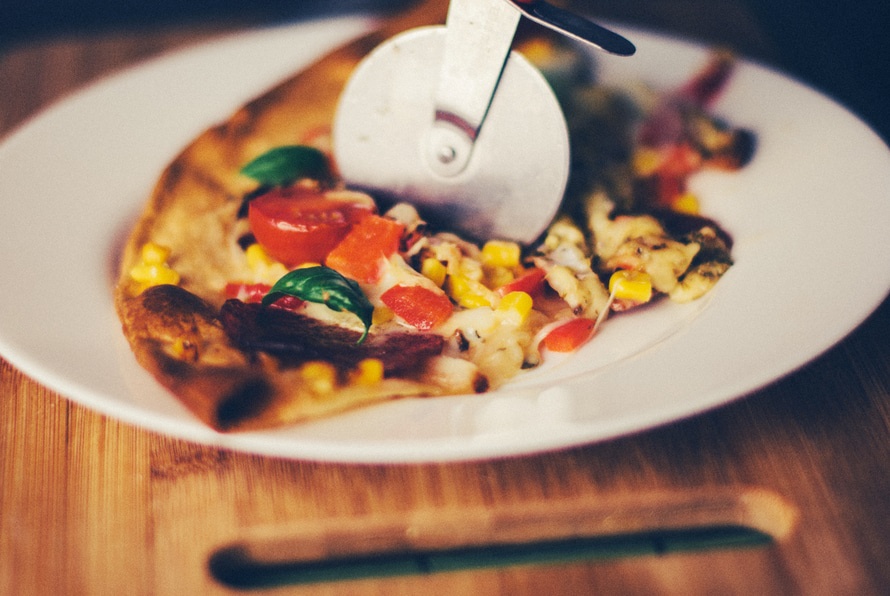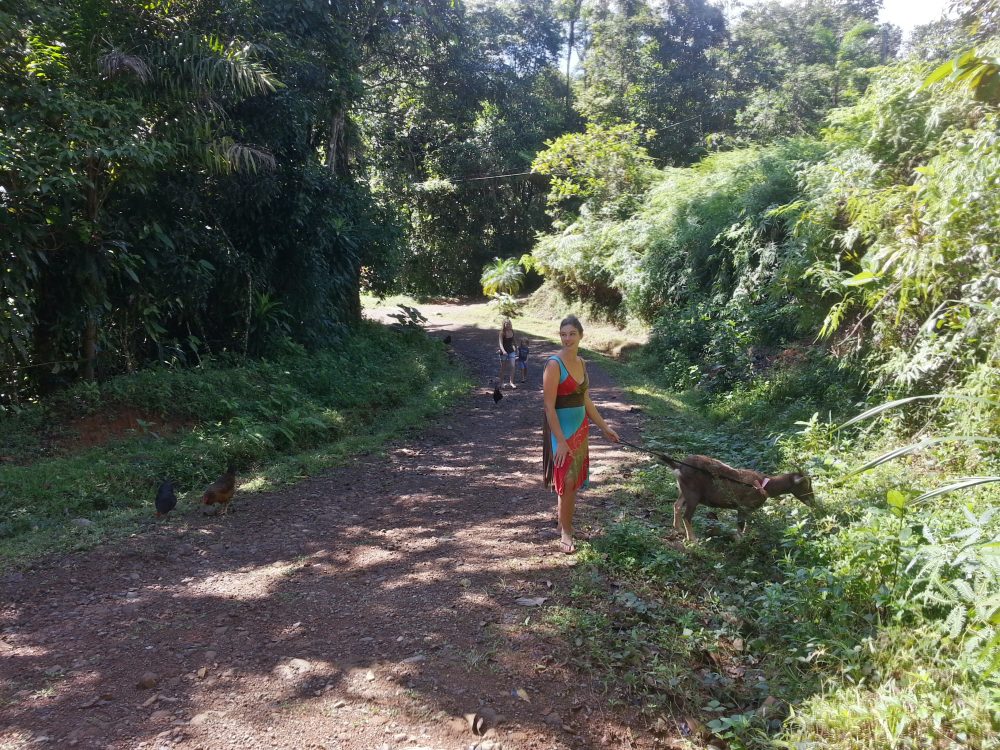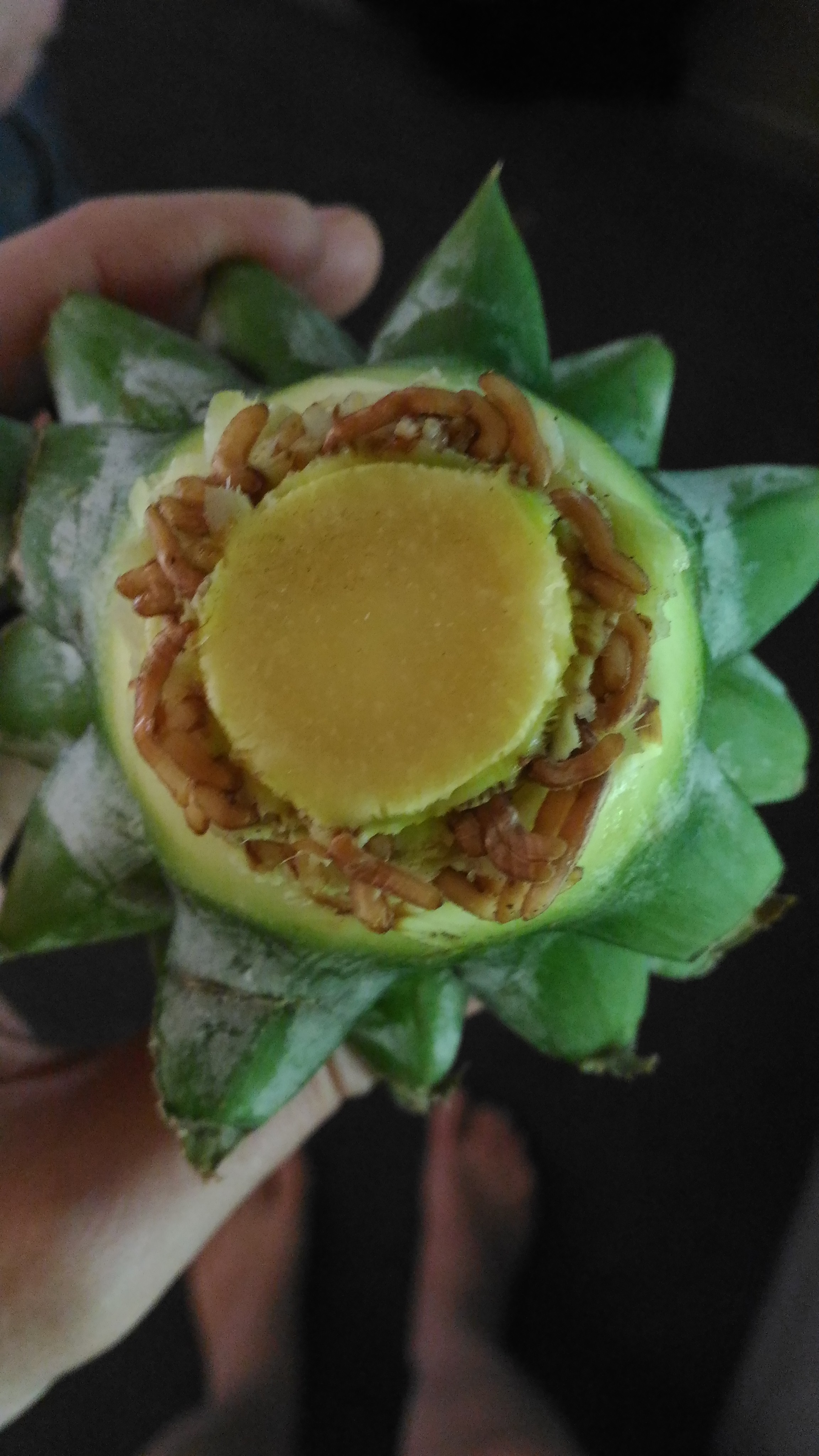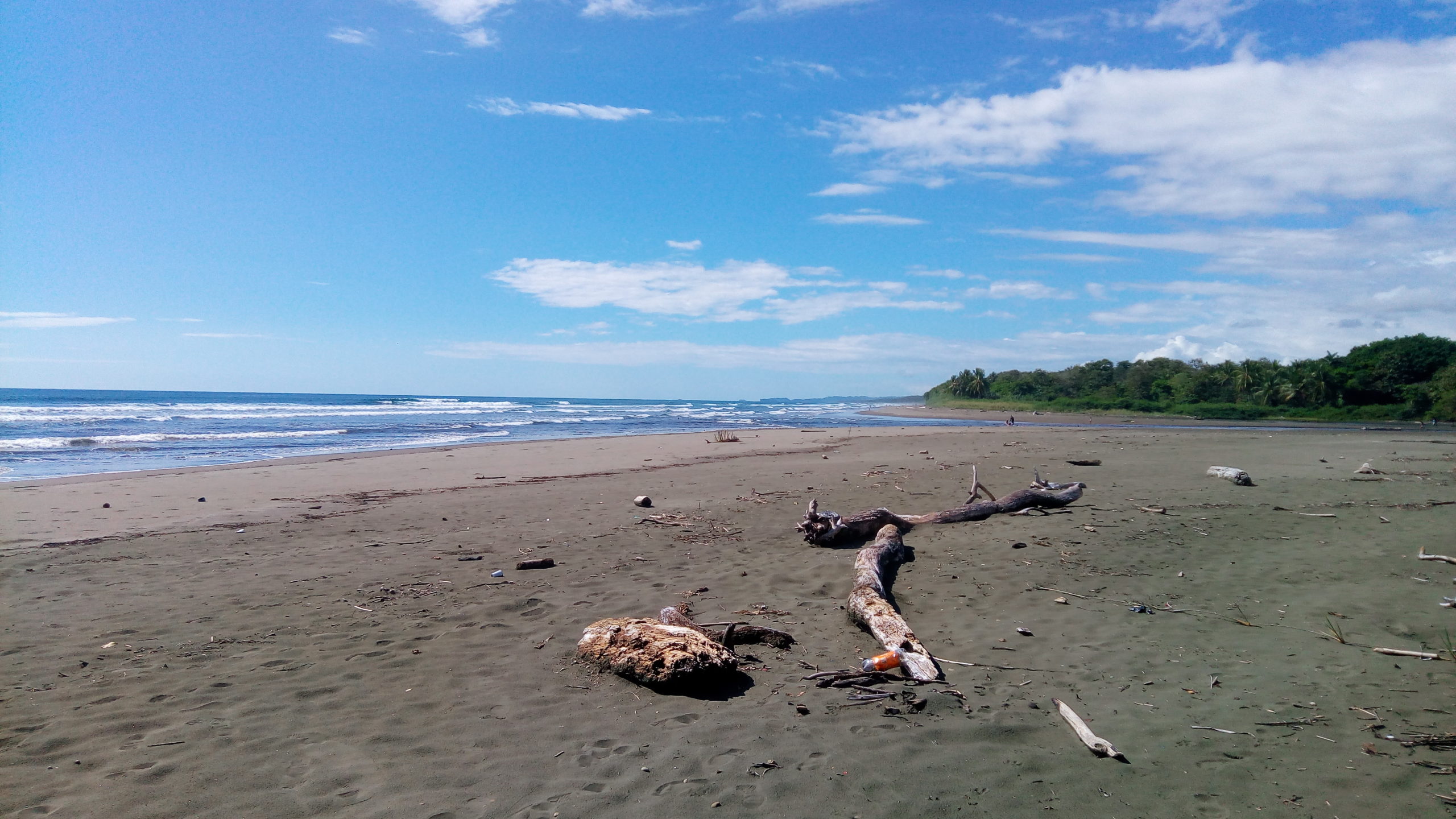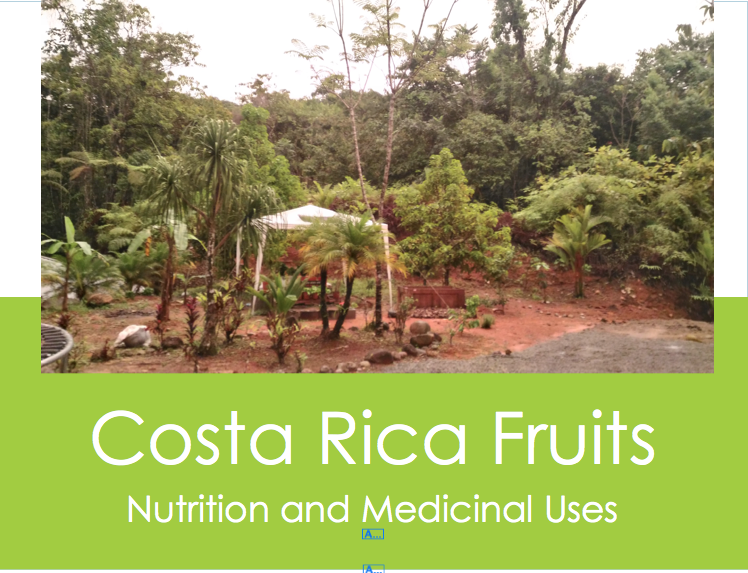
Wandering Herbalist: Costa Rica Fruits
I have a confession to make that usually puzzles my clients and students who know me to be a food “expert”: I don’t usually eat fruit. It’s not that I don’t like it, it’s that, for some reason that I have never fully understood, my body just doesn’t seem to metabolize fructose very well. To put it bluntly; fruit makes me fat. But, it is impossible for a self professed food fiend to travel to a new country learning about plants and food and not eat what grows locally! So, I eat it all. And I’ve gained weight, but that’s beside the point! One thing that I really enjoy about the fruit in Costa Rica was the shear abundance of it and the fact that even after we have been in the country for six months we are still finding things we hadn’t tried before; still being surprised.
Fruit is a major part of the average Costa Rican diet, not because they know it’s good for them, but because it’s extremely tasty.
A few highlights:
Bananas and plantains: Ok, so bananas are not exactly exotic. Even though they don’t grow anywhere in Canada, we are used to seeing them in every store, cheap, so we forget how far they travel to get there. What we think of as a banana however, is actually a specific hybrid of two Asian species called musa acuminate and musa balbisiana. In Costa Rica, we are able to sample more varieties of banana than I ever knew existed: the fibrous and filling red bananas, small ‘finger’ bananas, super-sweet apple bananas, squarish cuadrados and both ripe and green plantains, to name a few.
When we were staying in a cabina in Punta Banco (years ago when we first visited the countr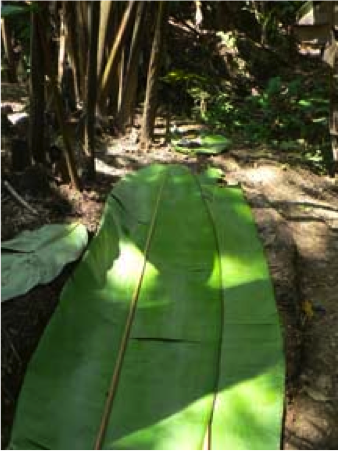 y), one afternoon a bunch of cuadrado bananas growing on the edge of the property finally got too heavy and dragged the tree right over, landing on the roof above our bedroom. When it hit the tin of the ceiling it gave a resounding boom that shook the house! We soon learned that these are a favourite with all of the neighbour kids and they helped us eat the lot.
y), one afternoon a bunch of cuadrado bananas growing on the edge of the property finally got too heavy and dragged the tree right over, landing on the roof above our bedroom. When it hit the tin of the ceiling it gave a resounding boom that shook the house! We soon learned that these are a favourite with all of the neighbour kids and they helped us eat the lot.
Lightly fried bananas or ripe plantains are often served as part of a ‘tipical’ breakfast. My favourite junk food in Costa Rica has become pantacones; a dish made by cutting green plantains, frying them a bit, squashing them with a stone and re-frying them. These are usually served with frijoles (beans) or natilla (an utterly addictive locally made sour cream). Not exactly diet food, but delicious.
The Bribri young woman at The Chocolate House explained that 60 years ago, banana leaves were used for everything; they are abundant and they don’t grow bacteria. She took a large leaf and rotated it slowly over a small fire. When she pulled it out, it was much more flexible than before. These were an important part of the chocolate making process (more on that another time), but the leaves are still in use today to wrap tamales or as plates. When I had my traditional massage with the Bribri Medicine Man, a pile of large leaves formed the massage table on the ground. A curandera (literally ‘curer’, usually a medicine woman or herbalist) in Zancudo told me that a concoction made from the flowers is an aphrodisiac that will help a failing love life.
Picture: massage table at Centro Cultural Indigena, Patino Talamanca
Cas: The cas fruit is truly different than anything you would have tasted in North America. These are often served in the popular drink batidas where they are blended in water or milk with ice. The fruit tastes dry and can catch in your throat a bit – not a particularly pleasant sensation! Curandera Rosa says that the fruit is good for the stomach, and recommends 6 of the small fruits taken daily with water. The fruits are high in vitamin C and are supposed to be good for the immune system.
Mammon chino: The fruit stacked high on the table at the market looks almost alien. Spiky, with little barbs radiating outward, bright red and about the size of a ping-pong ball; here in Costa Rica, this fruit is known as mammon, though in Asia it is better known as rambutan. Don’t be fooled by its’ strange appearance – it is delicious. Click here for a whole article about the health benefits of mammon!
Papaya: Most people are aware of the fact that papaya contains digestive enzymes and papaya extracts can be purchased in chewable tablet form in any health food store. Local tradition says that it is good for everything; but is particularly indicated for liver issues and sleep problems. The seeds are good for the stomach and for digestion. An overdose of papaya can result in a loose stool. It is very easy to overdose on it when you first get here and it tastes so good and you eat, say half of a big one for breakfast in the morning! Ed Bernhardt, an herbalist and writer who lives near us, suggests that papaya can be used for high blood pressure and as a diuretic tonic for the kidneys, and says that the effects are better felt when the fruit is mixed with aloe vera juice.
A friend of mine from the US, who works in the field of natural beauty, says that green papaya extract is one of the hottest commodities in the esthetic world right now, since it works wonders for the skin. Using it topically as a mask can eat away dead skin cells, reduce acne and scarring and promote healthy cell growth.
Pineapple: Like papaya, pineapple is high in digestive enzymes, particularly the enzyme bromelain which is often used as an anti-inflammatory. There are three varieties grown in Costa Rica with cayena being the most popular for snacking and criolla used more for juices. And the juices are highly recommended! There are plenty of beans in the traditional diet in Costa Rica and I’m convinced that it is only possible thanks to the help of these enzyme-laden fruits that help people to digest them properly; keeping the beans from being as… musical as they might otherwise be! Click here for more info about the health benefits of pineapple and how to grow them.
There are so many more interesting fruits here! Stay tuned for part two which will include mangosteen, passionfruit and noni.
Be amazing!
Alexis
